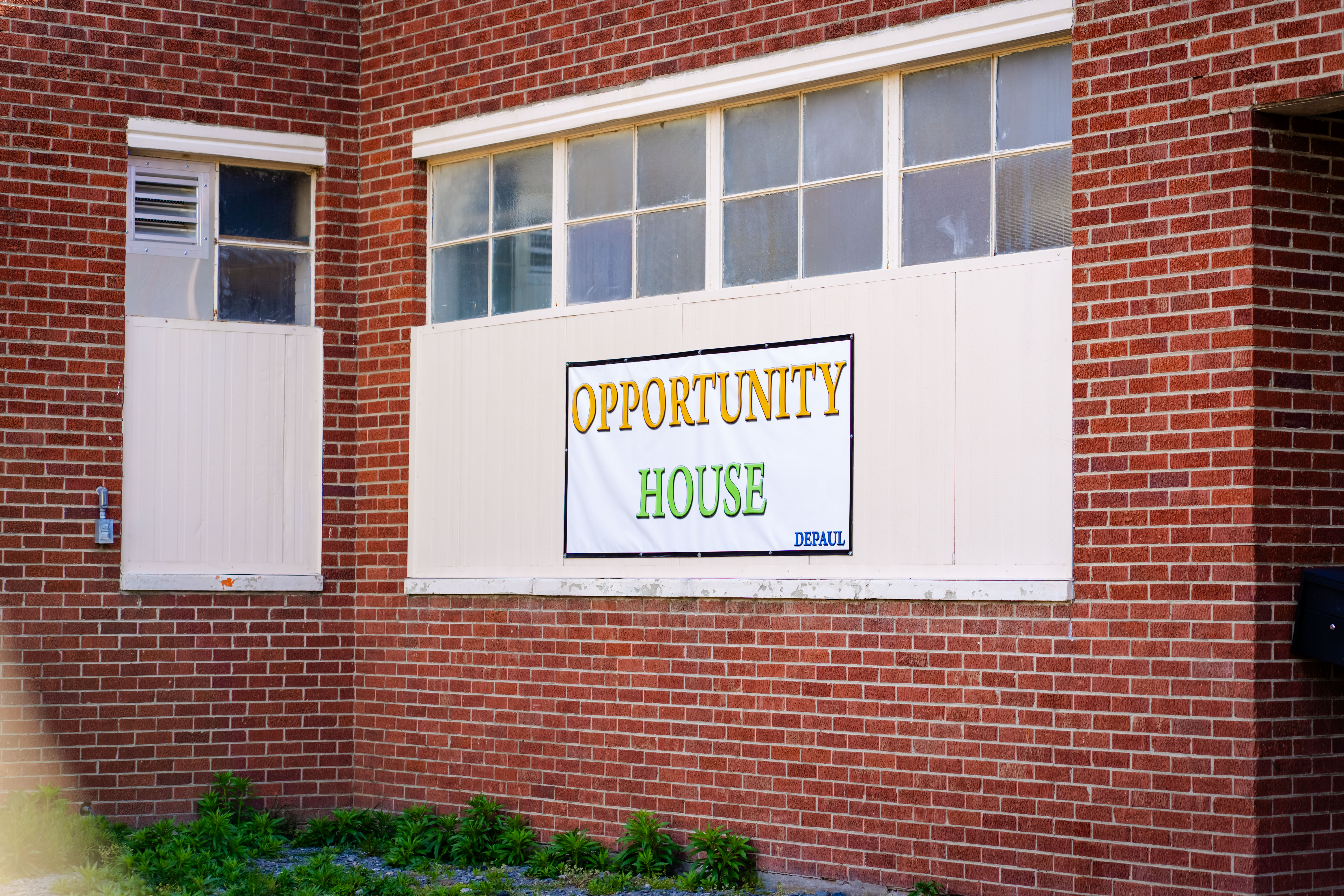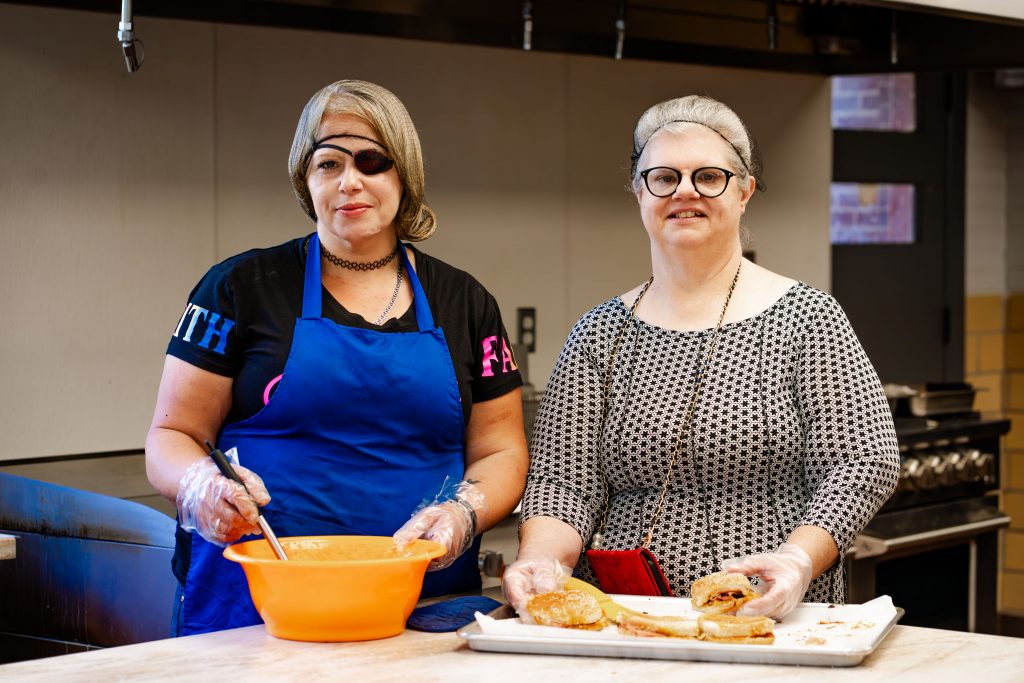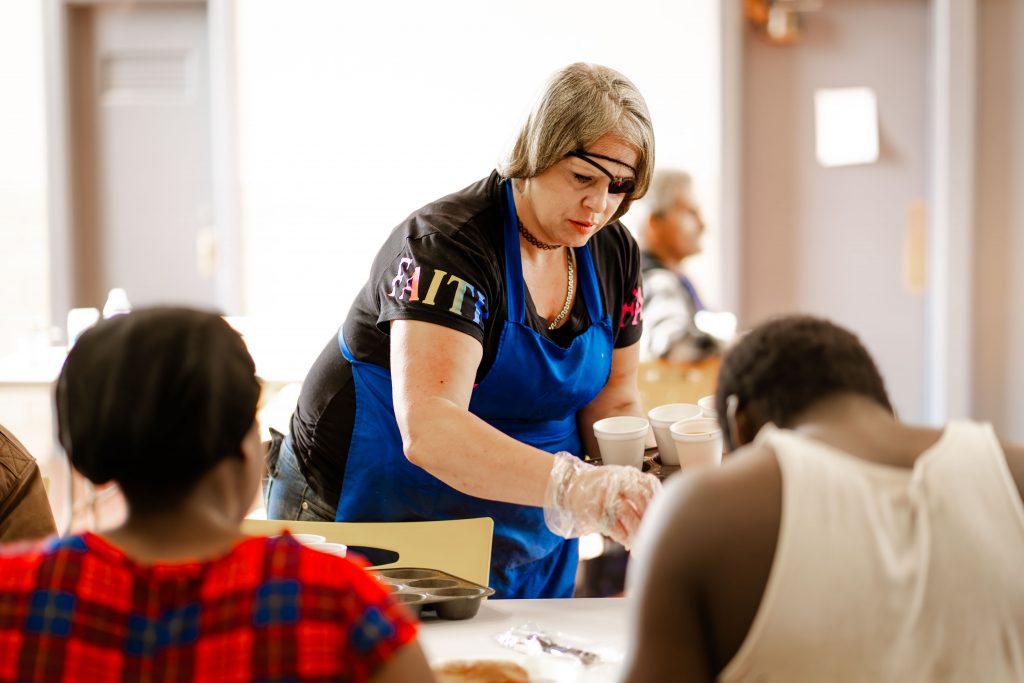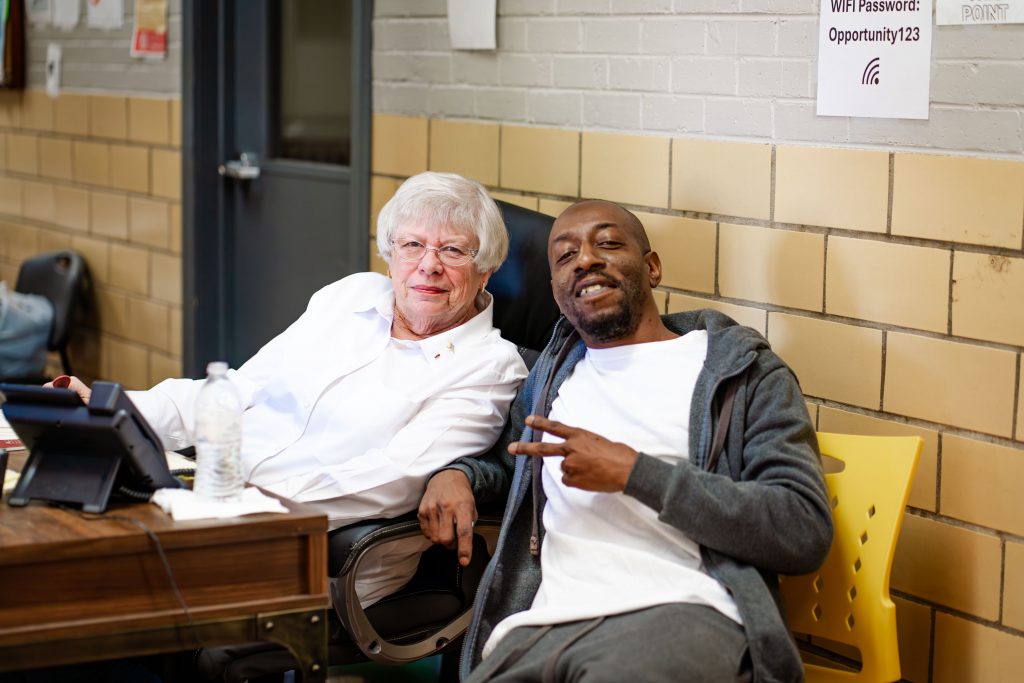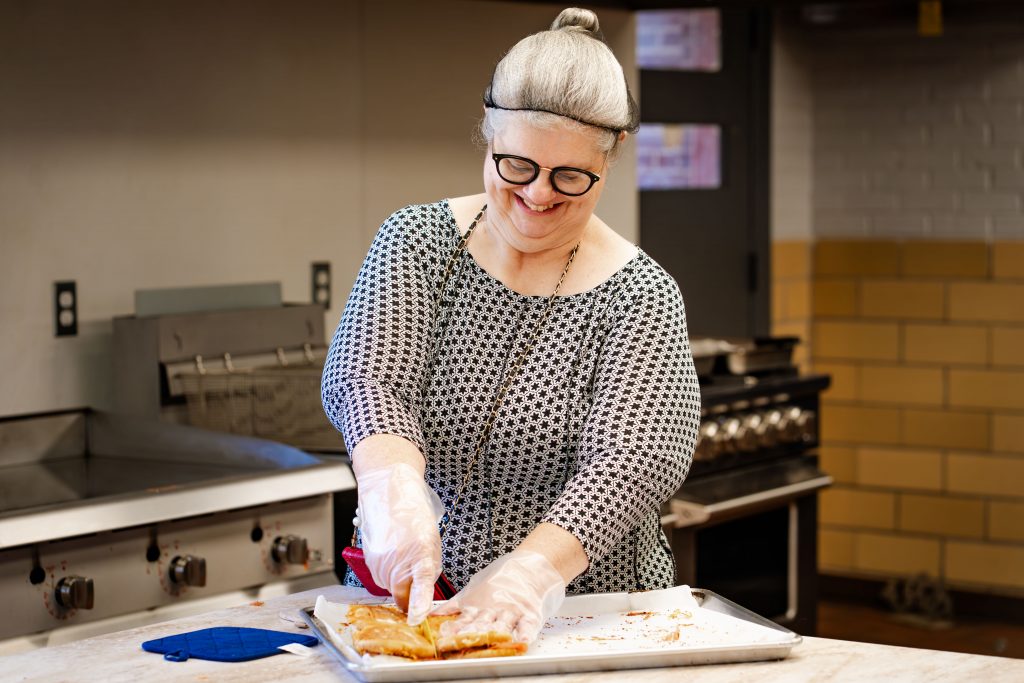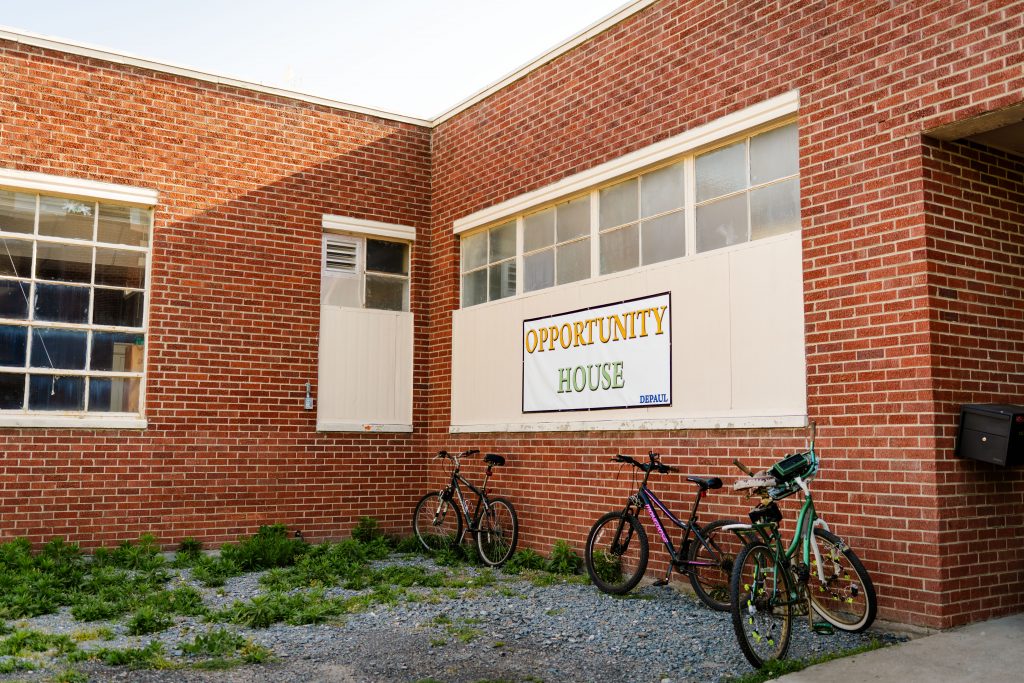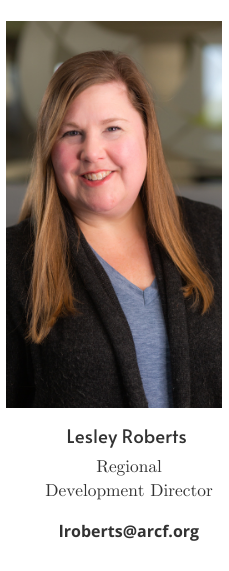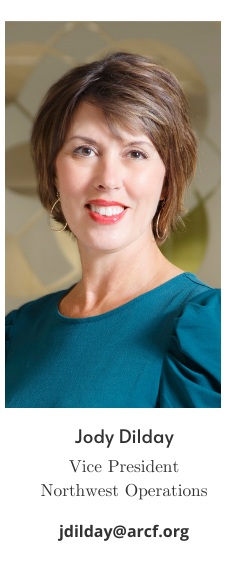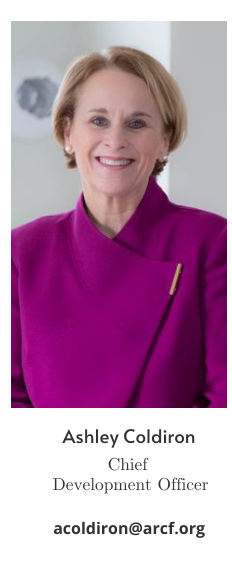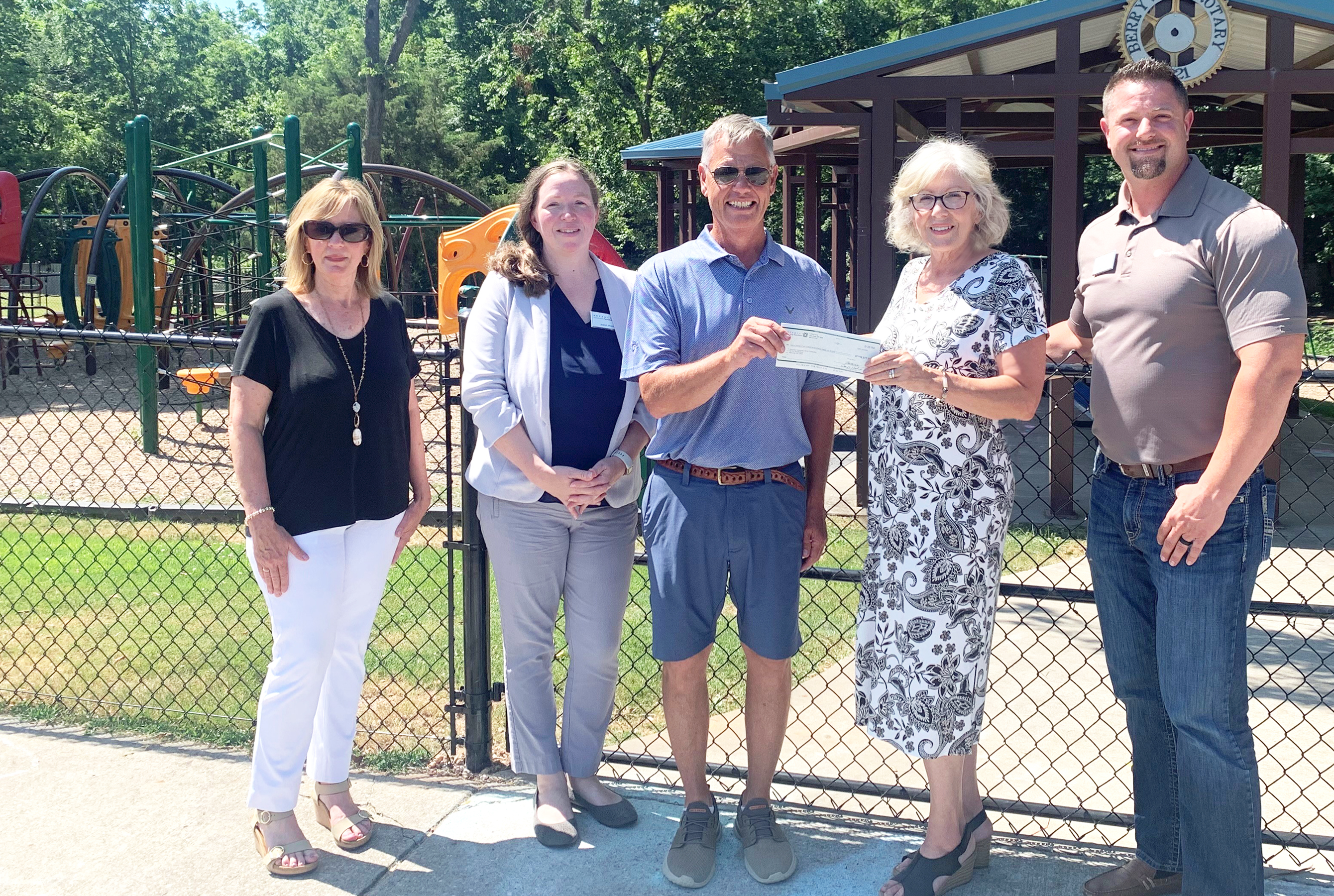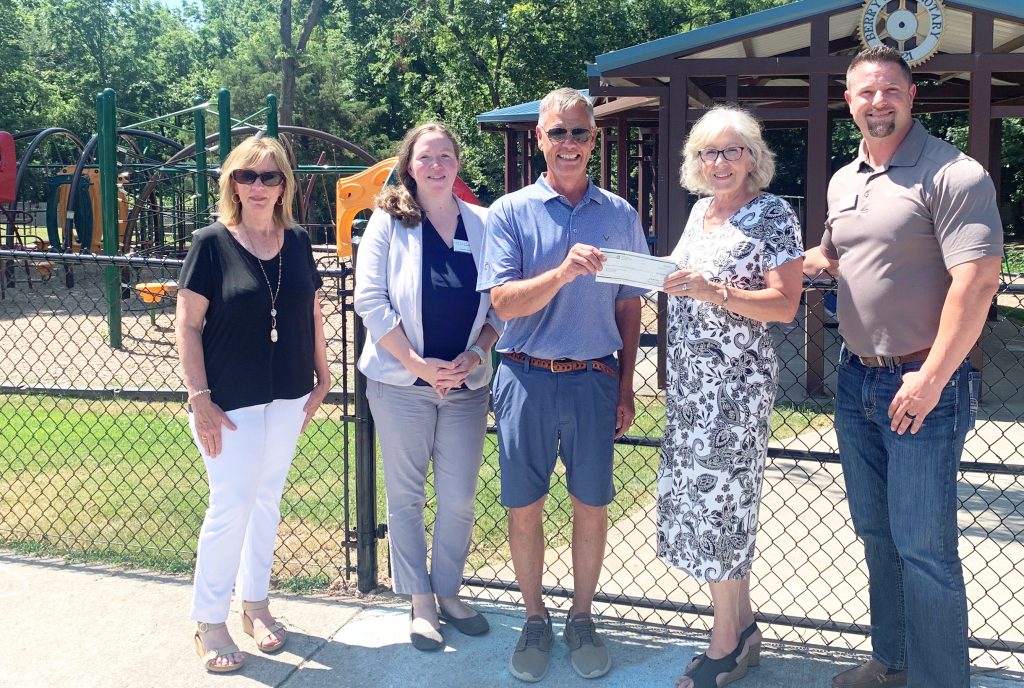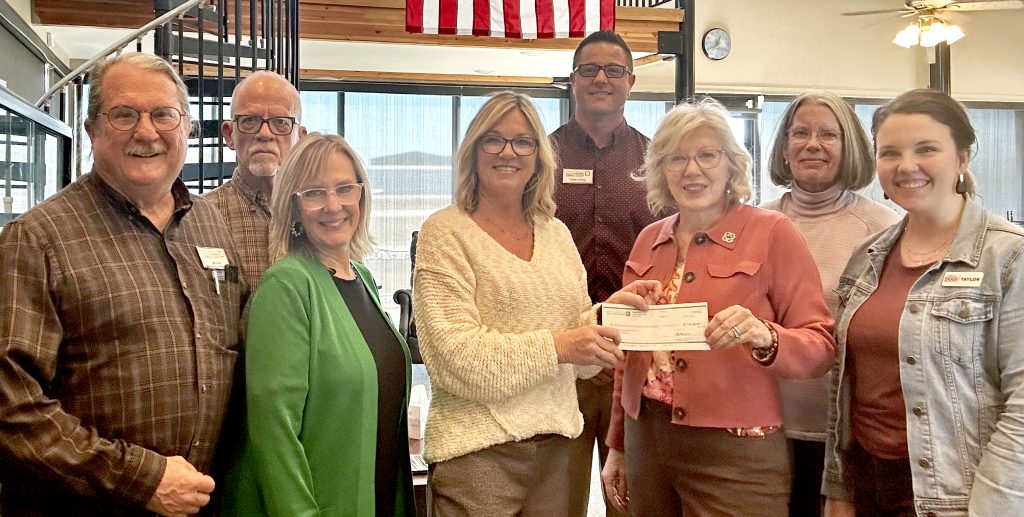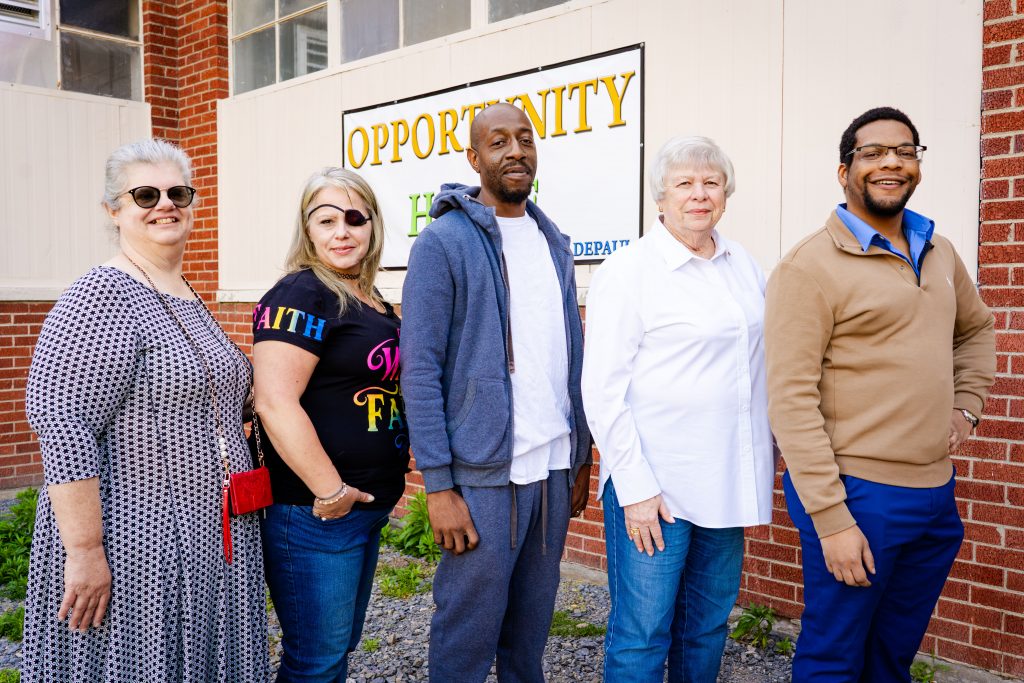
those experiencing homelessness in the Pine Bluff community.
In downtown Pine Bluff, a modest building buzzes quietly each morning with the work of compassion. This is Opportunity House, an organization dedicated to helping the unhoused population of Pine Bluff get back on their feet. Core to their mission is meeting people where they are — whether it’s under a bridge, in an unlit, unheated home, or in emotional despair.
Opened in spring of 2024, Opportunity House is marking a year of deeply impactful work for their clients. “Our primary goal is helping people find housing,” says Chris Taylor, program director. “But first, we meet basic needs — meals, showers, laundry. Then we create individualized plans to get people back on track.”
It’s a simple formula rooted in dignity: meet basic needs, then address the deeper struggles. Each participant is paired with a case manager, who serves as a conduit for accessing other services. Together they build a personalized action plan, whether that means regaining access to public benefits, employment training or seeking addiction counseling.
Taylor will never forget an early success story. “Our very first participant walked in with nowhere to go. He had lost his wife and just didn’t know how to take care of himself in fundamental ways. He was homeless for the first time in his life. Through our case manager, within 15 days his veterans’ benefits were restarted, and we found him a home in DeWitt. Now he has reconnected with his daughter and grandchild. He just needed someone to show him what was available and give him a little help to get there.
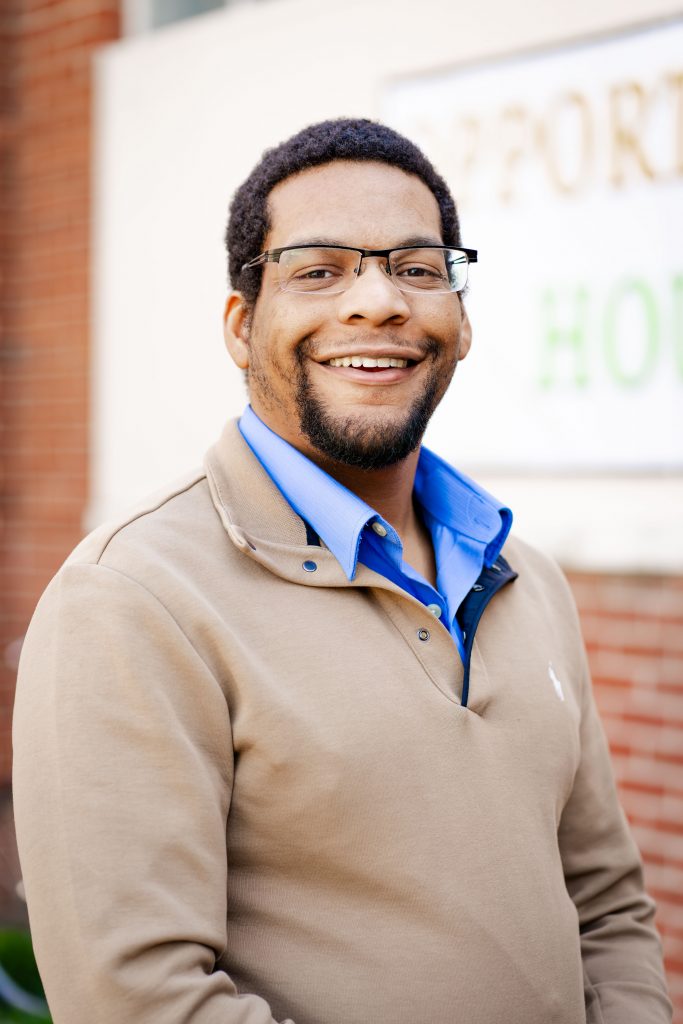
“Access to affordable housing is a problem in Pine Bluff,” says Taylor. “Some of our clients live in abandoned or decrepit homes. They simply have nowhere else to go.”
The economic landscape has added additional strain, ramping up the demand for Opportunity House’s services. As Taylor explains, the south side development in Pine Bluff of big-box retailers and the construction of bypass highways redirected commerce — and people — away from the city’s core.
“We lost our downtown businesses. Now, there’s little reason for travelers to pass through Pine Bluff,” he says. “Over time, that put a quietstranglehold on the local economy.” Efforts are underway. City programs, the federal housing authority, and local real estate agents are working to create affordable housing but progress is slow.
That’s where Opportunity House, with a growing volunteer program, is working to fill in some of the gaps to serve those in need.
“Volunteers are absolutely essential,” Taylor emphasizes. “The volunteers run the front desk, serve meals, sort clothing — everything. We couldn’t function without them.” Groups from local churches, the United Way, and soon AmeriCorps, show up week after week to help the house run smoothly, but more are needed.
Some volunteers help every now and then; others, like Colleen Sandal, become pillars of the organization.
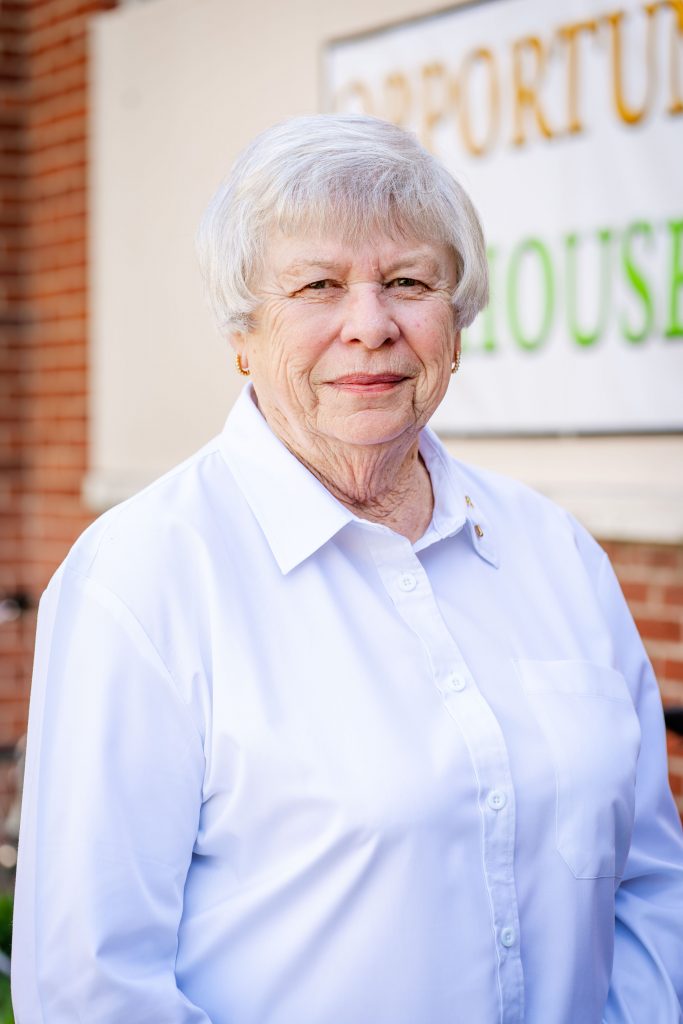
“Colleen is our point guard,” Taylor says with a smile. “She’s been at our front desk since the beginning every Monday, Wednesday and Friday. Everyone calls her ‘grandmother.’ She brings cookies, teaches soft skills like manners, and builds relationships with people who maybe haven’t experienced kindness in a long time. We couldn’t do this without Colleen.”
Volunteer roles vary, and all are critical. Mornings start with a hot breakfast, often prepared and served by volunteers who may be the only friendly faces participants see that day. Other volunteers help maintain the clothing closet, organize donations and help work the front desk.
“We are building community,” says Taylor. “You get to know the regulars, and they get to know you. It’s beautiful.
“The volunteers are vital,” he continues. “But equally important is the case manager here, Melissa Brock. Our clients work directly with her to figure out their barriers, then build a plan from there.”
Brock is the only case manager for the entire organization.
The process doesn’t happen overnight. “You’re not going to find out everything in that first session,” Taylor says. “Some folks just need one-time assistance, but others need consistent support.”
Brock builds trust with the clients, often uncovering underlying issues like undiagnosed learning disabilities, mental health concerns, or a lack of financial literacy that have contributed to their homelessness.
Every person who walks through Opportunity House’s doors has a unique story — some marked by loss, others by trauma, addiction or sheer bad luck.
“Everything the staff and volunteers do here is about showing people that someone cares. Whether it is Melissa working on an action plan with a client, or Colleen greeting clients with a smile,” says Taylor, “Our job is to listen, understand and make a way.”

